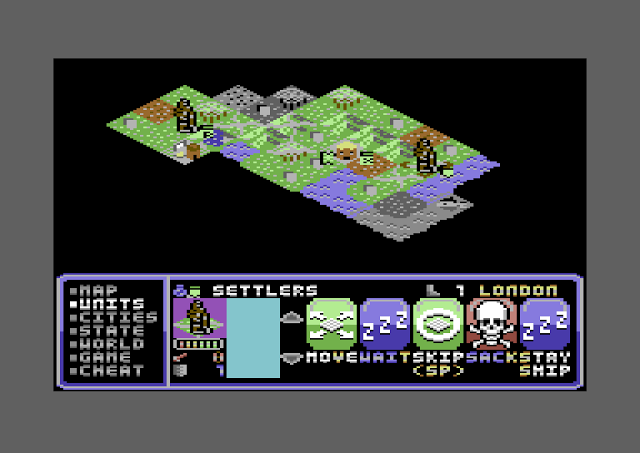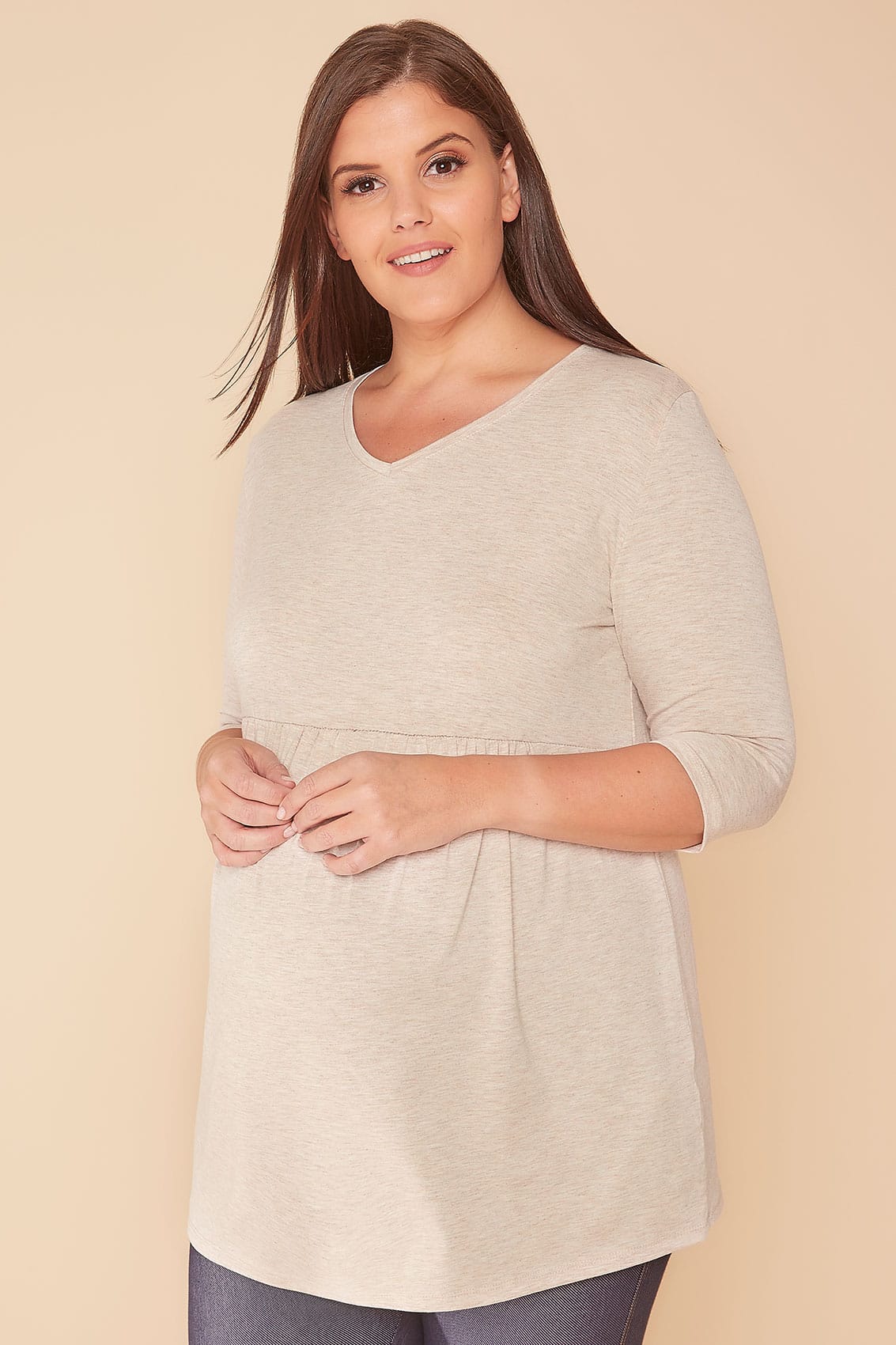
If there is enough interest in texturing features like this I think it would be pretty cool to integrate them directly into the slicer. So the tool is far from perfect but I’m quite happy with the results I got from it so far. When processing g-code I simply look for the perimeter comments inserted by prusa slicer and modify the G1 movement commands.

This process could work when integrated into the slicer. I also included a process for directly modifying G-code to test how The displacement mapping can also lead to self intersections. Unfortunately it creates t-juction (when running out of iterations). Luckily there is a simple tesselator built into three.js which I could use. When processing STL files I first tesselate the geometry and then perform the displacement mapping. To test the process I designed and printed a very simple phone stand and a 3D benchy using Polymaker PolyWood filament.īenchy and phone stand on the prusa mini. Instead I’m using a basic volumetric (3d) procedural wood textureĭerived from sine waves and a bit of noise. To prototype the idea and gauge whether there is any interest in it I decided that it would be best to create a little web app using three.js.įor the effect to just work I had to avoid uv maps. I had a quick look at the prusa slicer source and it looked like it would be fairly easy to add.
BIT SLICER CIVILIZATION 6 SKIN
That made me wonder whether the wood effect could be achieved directly in the slicer by tweaking the fuzzy skin feature. Just a bit before I also played with the fuzzy skin feature in prusa slicer 2.4.

A little while ago I came across an interesting post on reddit on how a wood displacement map can enhance the look of 3D prints.


 0 kommentar(er)
0 kommentar(er)
